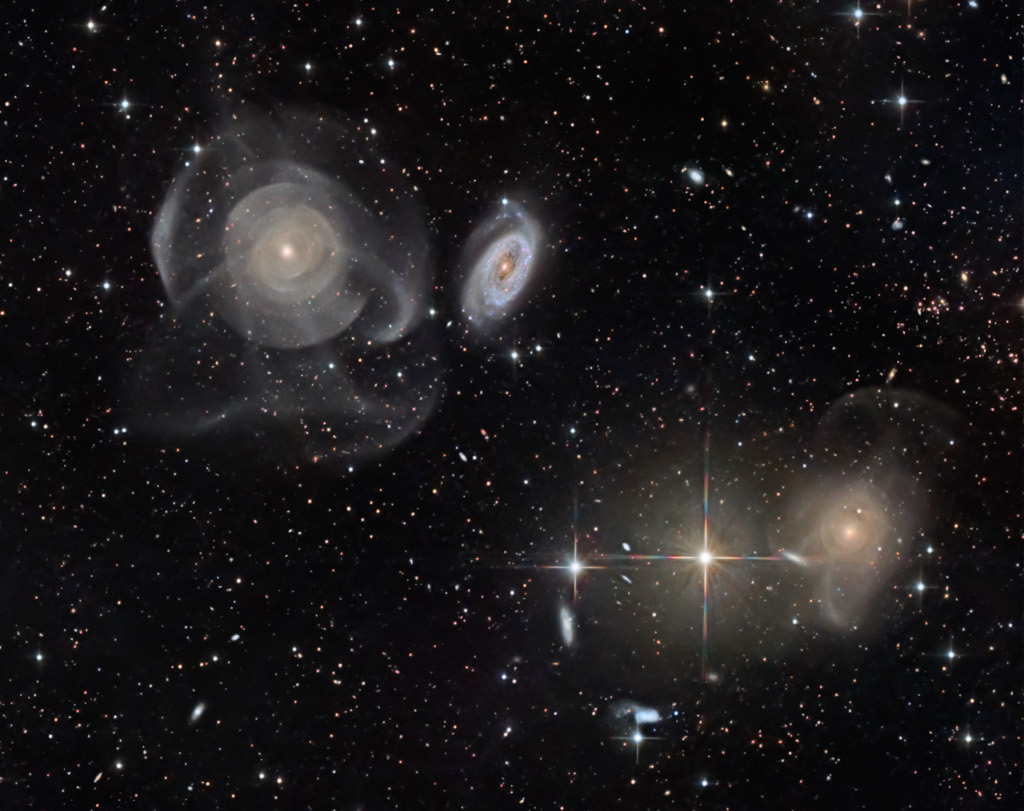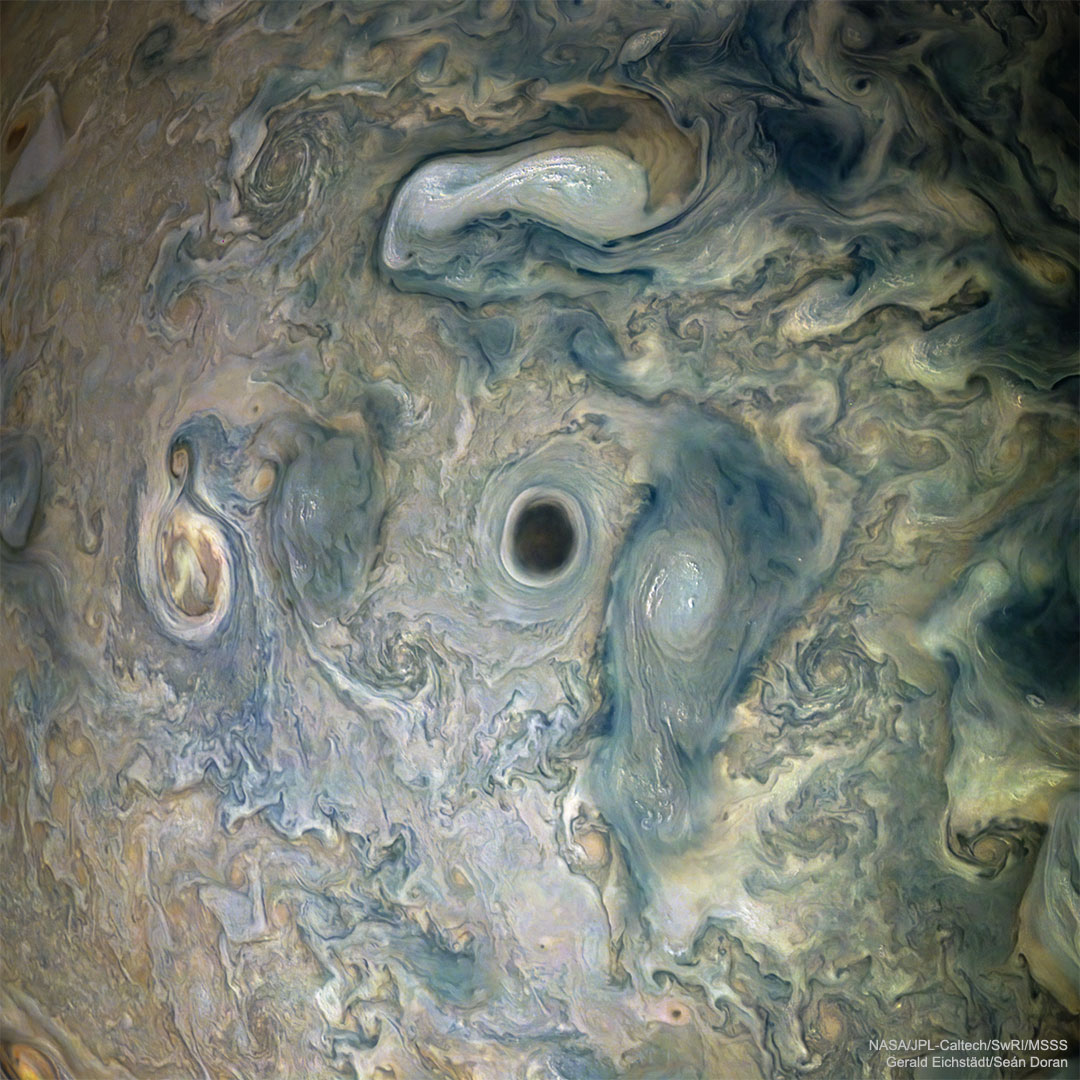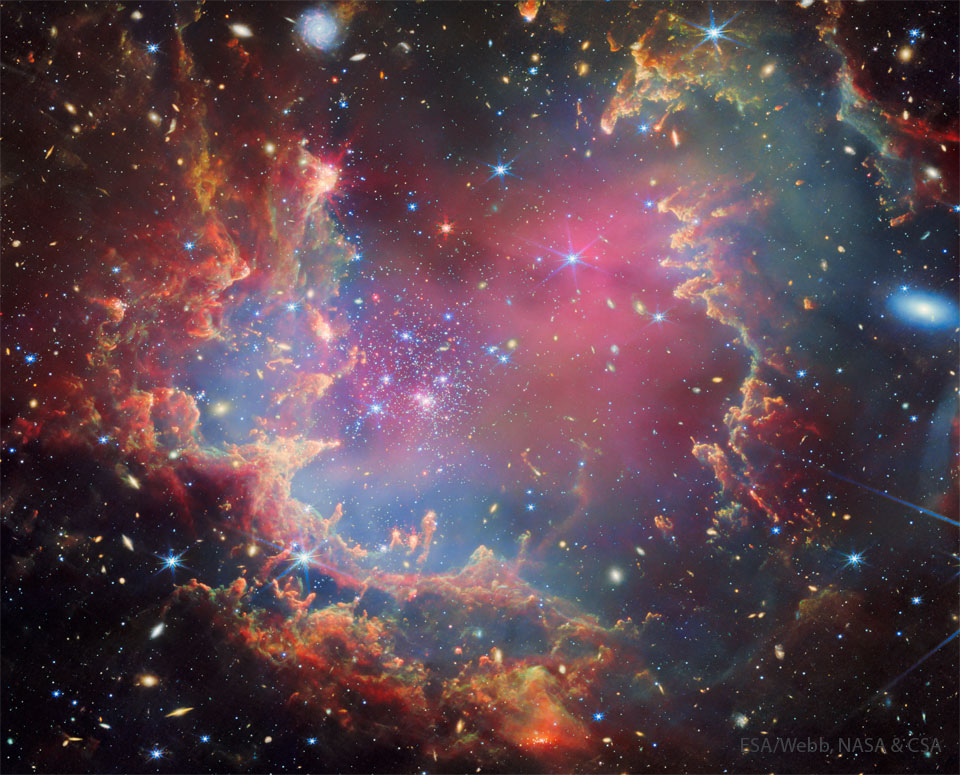Fin septembre 2025, le gouvernement indonésien révélait que les crevettes contaminées au césium 137 détectées aux USA provenaient d’une zone industrielle à 50 kilomètres à l’ouest de Java. L’usine de conditionnement est proche d’une aciérie où aurait été fondue par erreur une source de césium 137. Plus d’un mois plus tard, la situation reste très préoccupante et de nombreuses zones d’ombre subsistent.
Le dernier communiqué (1), publié le 27 octobre par l’agence de presse officielle Antara, se veut rassurant : 21 usines sur 22 auraient été « décontaminées avec succès » et « le processus de décontamination devrait être achevé au plus tard en décembre ».
Mais en l’absence de données chiffrées (cartographie des niveaux de rayonnement, résultats des contrôles sanitaires), impossible de connaître la réalité de la situation.
Et les quelques précisions apportées par le texte ont de quoi inquiéter : 91 habitant·es ont été évacué·es, au-delà des 22 usines on compte 12 autres sites considérés comme contaminés, dont « des terrains vagues, des étals et des zones résidentielles », et 371 tonnes de matériaux ont été transférés sur un site de stockage provisoire.
Un reportage publié le 25 octobre par l’ONG Mongabay (2) permet de saisir les conséquences humaines de la catastrophe. On y découvre le témoignage d’un couple habitant à 1 kilomètre au sud de l’aciérie. Sakinah travaillait dans l’usine de conditionnement de crevettes BMS, et Roni dans l’aciérie PMT. Comme des centaines de personnes, Sakinah et Roni ont cessé de travailler depuis plus d’un mois, sans indemnité de licenciement.
“À la mi-septembre, Roni et Sakinah avaient tous deux subi des examens médicaux. Les analyses sanguines ont confirmé qu’ils avaient été exposés à des radiations. Roni s’est vu prescrire du Radiogardase (3), un médicament destiné à éliminer le césium 137 de l’organisme. Il en prend neuf par jour, trois à la fois, à partir d’une boîte de 63 comprimés. Sakinah n’a pas eu cette chance. Sur son ancien lieu de travail, les examens médicaux étaient sommaires : un bref examen, et guère plus. ‘‘Je n’ai pas reçu de médicaments comme mon mari, seulement des vitamines. Maintenant, les vitamines sont finies’’, a-t-elle déclaré”.
Côté Europe, c’est toujours le silence radio. L’Union Européenne est-elle concernée par des importations provenant des entreprises BMS (pour les crevettes) ou NJS (pour les clous de girofle) ? Un inventaire des autres entreprises indonésiennes exportatrices de denrées, alimentaires ou non, a-t-il été réalisé, et des contrôles ont-ils été effectués ? La CRIIRAD attend toujours les réponses des autorités.
CRIIRAD






/https%3A%2F%2Flanature.ca%2Fapp%2Fuploads%2F2025%2F04%2Ffreepik__adjust__26120.jpeg)

























